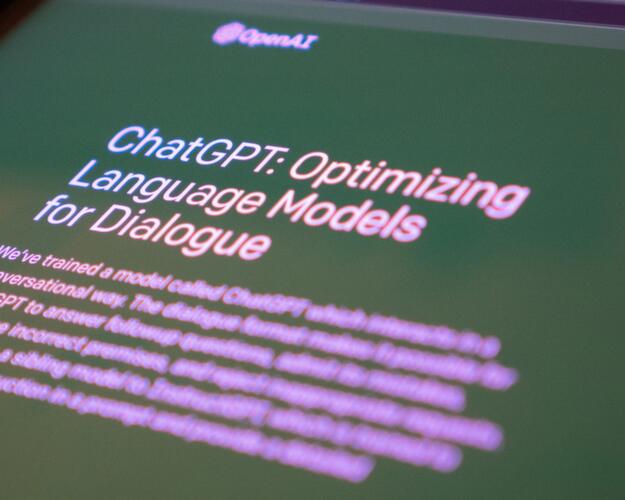How can academia get in front of industry?
A2B (Academia to Business) is a style of communications in its own right

Over the past decade universities have become a vital resource to business, partly thanks to commercial innovation in areas such as quantum, biotechnology and AI - which benefit from academic expertise.
Universities engage through innovation networks and often have consultancy arms, incubators, and other commercial services to promote.
But business and academia communication styles don’t always fit perfectly. Whilst many collaborations thrive, there is still huge untapped potential.
Drawing on our experience of both sides, this article discusses what academic institutions can learn from B2B communications.

Focus on smaller, more defined audiences
Much university comms focusses on their world-changing research. This is good in its own right. But businesses are often looking for specific, niche capabilities – in areas that may not interest the public.
Academic institutions should think about what specific audiences look like and what information they want. This may need a different mindset, different channels, and different style of content.
Consider what ROI looks like, too. Often resources are prioritised based on maximum exposure. But if the goal is to get businesses to pay tens of thousands of pounds for access, then investing in reaching the top 100 people who might pay for this, is more worthwhile than reaching a million people who won’t.
Tell stories of how you solved business – rather than societal – problems

Universities are spoiled for choice when it comes to fascinating stories. But these are not necessarily the stories industry wants.
Business stories should demystify unique capabilities and highlight their potential to solve real business and technical problems. These are more niche, more detailed stories, with clear links to the benefit the business will get, and clear explanations of the capability.
Relevance is critical for driving responses from this busy audience. For example, a Memetic client recently secured a meeting with a major chemicals company after sending them a whitepaper (which we created), which discussed (according to the client) 'the exact challenges we are facing'.
A key aspect of successful B2B (or A2B) content is actionable insights – practical steps the reader can immediately take to advance their business. In 'awareness raising' comms, telling a story may be enough. But businesses exist in complex webs of decision making and are actively looking for advice. Giving guidance they can act upon leaves a more lasting impression, and often leads them to a point where they realise they need your help.
Use networks, newsletters, trade media, and other targeted channels
Businesses looking for academic support are mostly R&D or innovation departments in large companies, or startups. You probably know a few of these – so ask them how they get their information.

In interviews Memetic carried out with this audience, we found many valuable projects came via existing relationships with academics. But businesses lamented that they did not hear about the institution’s full range of capabilities, and missed opportunities.
An obvious solution is to cross-promote, by creating content that showcases a range of capabilities in an exciting way, that academics can share with their contacts.
This is an approach Imperial sometimes takes with its long reads – such as this recent piece we did to support their FMCG Supply Chain capabilities.
Where there was no existing contact, a speculative email was usually said to be welcome, provided it pointed to something useful and relevant. Newsletters were said to be a great way to keep an eye on things. Certain trade media were well regarded (again, ask which).
In summary...
What matters most is that your content shows the audience what is possible for them and how to go about it. Good content that follows the rules above, delivered through the right channels, maximises your chance of driving action.
Photos by ThisisEngineering RAEng and National Cancer Institute on Unsplash
For more insights like this, sign up to our newsletter.









